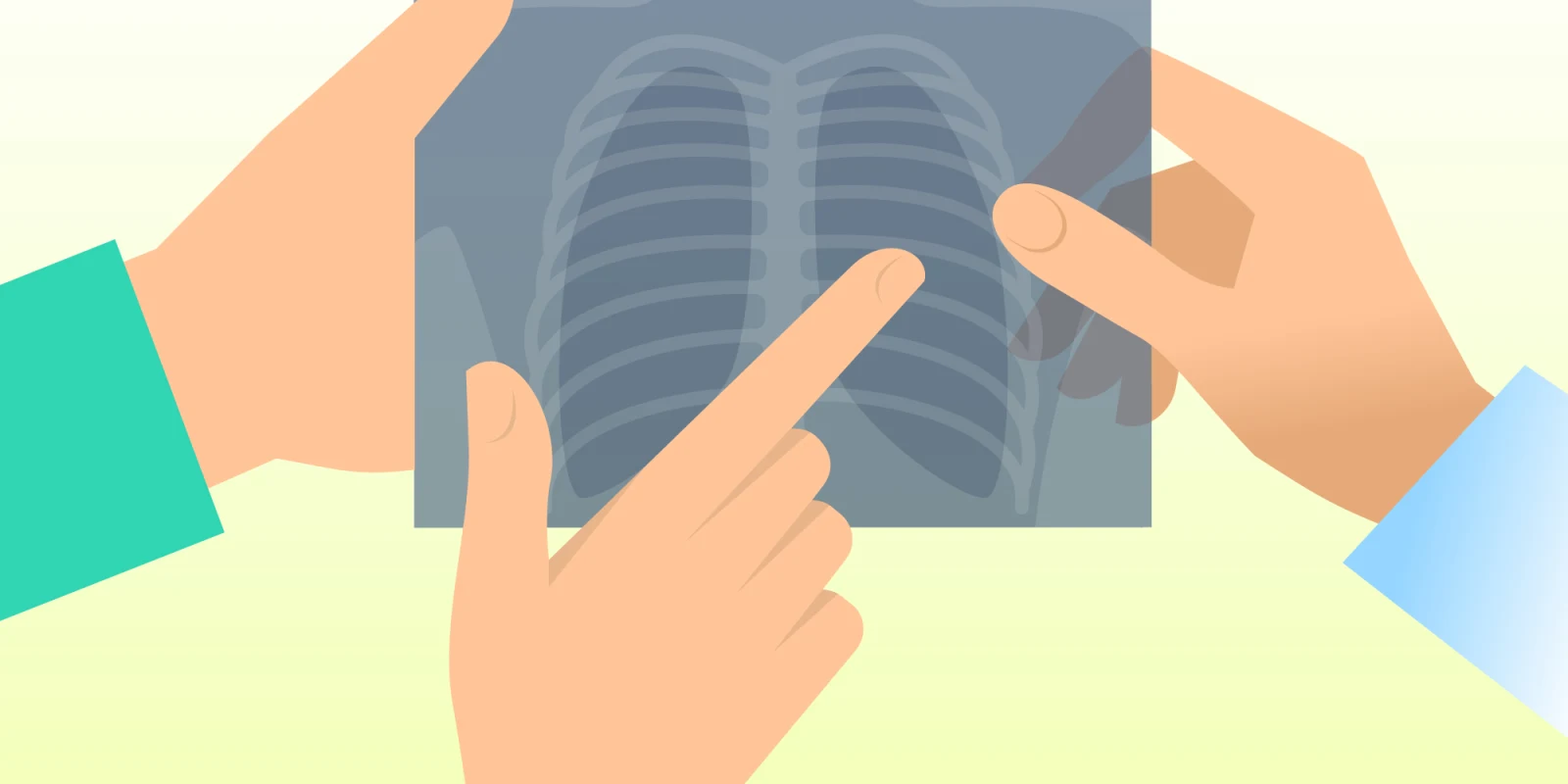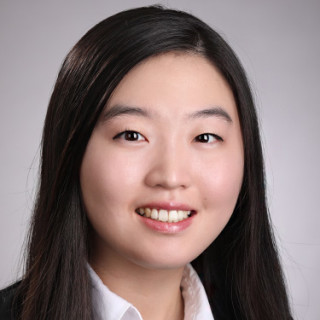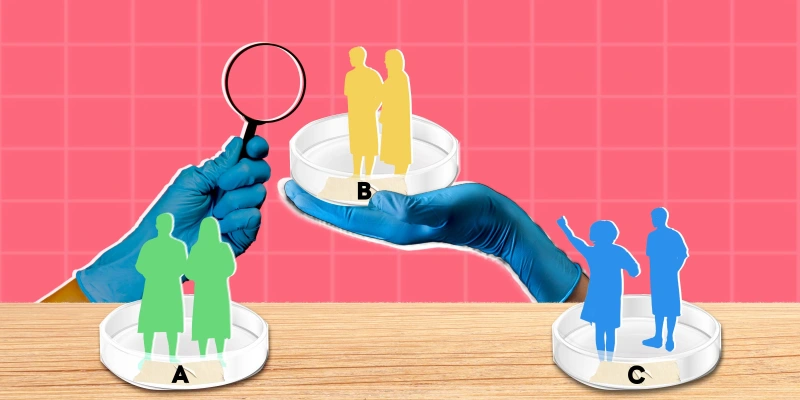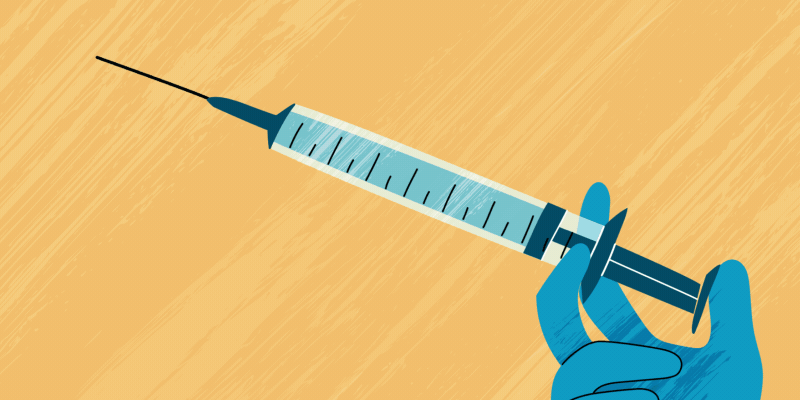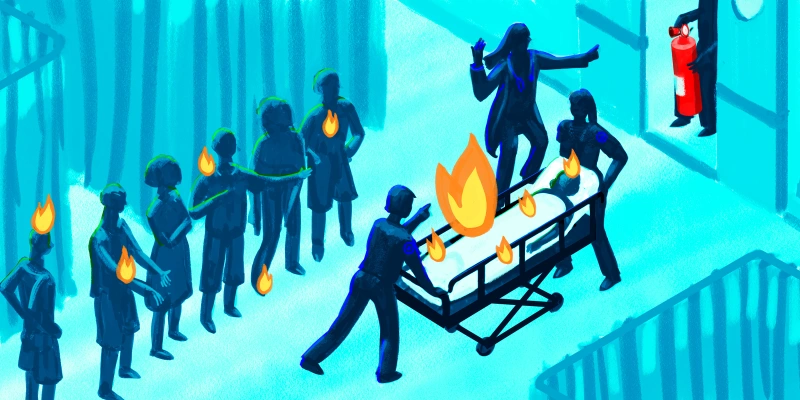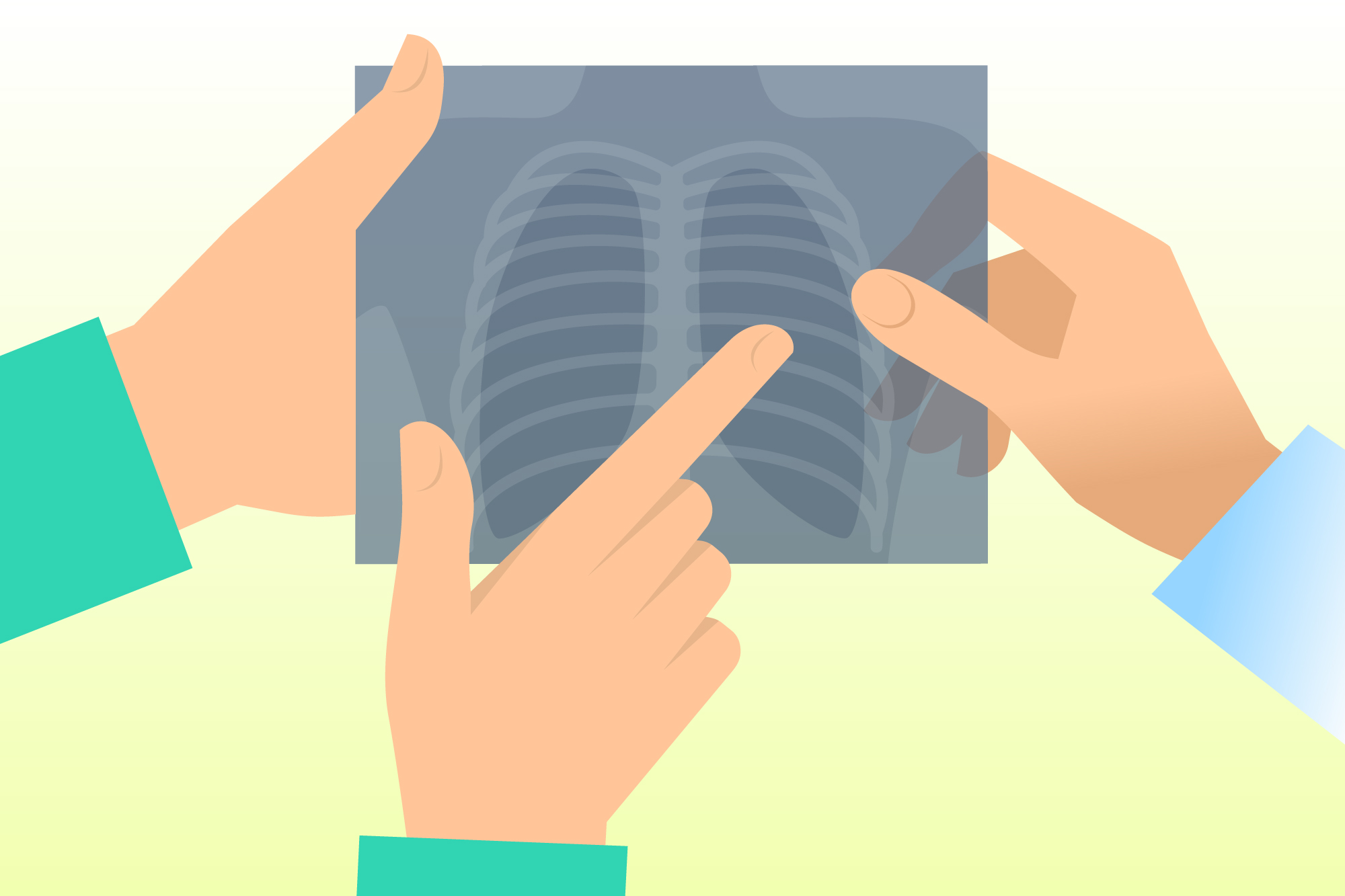
Radiologists and pathologists occupy a special place in the pantheon of medical specialties. Most do not work directly with patients; instead, they serve as the doctor’s doctors. Through various visual and imaging modalities, combined with vast expertise in virtually every organ system, pathologists and radiologists guide patient-facing physicians in figuring out the etiology of patients’ conditions. Their expertise allows physicians to recommend treatments, request work-ups, and provide interventions. Radiologists and pathologists work “offstage,” but are nonetheless an integral part of modern medicine, lending their expertise across diverse medical specialties.
Thanks to technological advances and, to a less positive extent, the growing influence of defensive medicine, we order more imaging and pathological studies than ever before. However, despite the ever-present importance of pathology and radiology in medicine, most medical students do not have direct exposure to clinical radiology or pathology. That is, they do not directly see or experience imaging/pathology processes as they actually happen in the lab or reading room. Instead, students study the information from a powerpoint slide or in a curated laboratory lecture. In fact, radiology and pathology are usually offered only as electives and for most medical students, the only exposure that they get to diagnostic medicine is from the specialties that place the orders.
Making diagnostic medicine a mandatory part of the medical school curriculum would help medical students become better physicians — regardless of the field that they choose to specialize in — by helping them understand the tests they order for their patients, and the pertinent utilities and limits of different diagnostic modalities. Further, exposure to diagnostic medicine would give medical students the framework to think about how best to appropriately use radiological and pathological information in clinical practice.
Most hospitals depend on radiologists and pathologists for their services and yet, diagnostic medicine is frequently the butt of every joke. For instance, whenever my medical student peers expressed their desire to go into radiology or pathology, the responses from the attending physicians came in one of two tropes: “Why would you want to be a pathologist/radiologist, do you not like working with patients?” and “Do you want to be replaced by robots?” The attitudes of these well-meaning doctors, who themselves did not have experience working in either radiology or pathology, often discouraged students from pursuing diagnostic medicine. The inherent disconnect between the ordering physicians and the consulting physicians leads to misunderstandings and a global under-appreciation of what the diagnostic specialties do and what they can offer.
I propose that medical schools incorporate “diagnostics” into the medical school curriculum. The purpose of a mandatory diagnostic clerkship will not be to train students to become adept at reading pathology slides or X-rays or MRIs (which would take years of residency training to achieve), but rather to give students an understanding of the role diagnostic specialties play in modern medicine. A greater appreciation of the workflow and utility of diagnostic medicine will substantially help medical students — our future doctors — in their eventual practices.
Right now, most medical schools require internal medicine, surgery, obstetrics and gynecology, pediatrics, and psychiatry as core clerkships. While pathology is taught in the first and second years of medicine, radiology is primarily included as an elective course. To make time for both pathology and radiology during medical school, I suggest the following:
- Creating a standalone month of diagnostic medicine, with two weeks of pathology and two weeks of radiology;
- Incorporating one or two weeks of pathology and radiology as a part of a relevant core clerkship (e.g., the surgery core clerkship);
- Organizing shadowing experiences during preclinical years in the pathology labs or the radiology reading rooms for the students to get a sense of the workflow before beginning clerkships.
Given that many medical school curricula are already packed, incorporating any of the three suggestions above may necessitate taking time away from other programs and clerkships. However, given the ubiquity of pathology and radiology throughout medicine, informed students will become informed physicians who will order tests and images more effectively.
In case someone mistakes this piece as propagation of a personal agenda, I have no skin in this particular game; I plan on applying to dermatology this admissions cycle. That said, I have great respect for pathologists and radiologists and frequently depend on their expertise in my chosen specialty. Dermatopathology, for instance, is a subspecialty of both pathology and dermatology, and it is an intrinsic part of clinical dermatology. The shave and punch biopsies in the clinic help us formulate a plan for the patient, whether it is continuing to monitor, treating with topical therapy, planning an excision, or referring the patient to another specialty (e.g., plastic surgery, otolaryngology, dermatological surgery, or general surgery). Similarly, dermatology often depends on radiology. Many skin diseases are cutaneous manifestations of a more extensive systemic process. In the clinic, we regularly order hand x-rays for patients with rheumatoid arthritis or request work-up calcinosis cutis for scleroderma. We may also refer patients with psoriasis for imaging to work-up joint involvement. MRIs and CTs may also be ordered for patients with suspected dermatomyositis to look for muscle involvement and malignancies.
The bottom line is, the import of radiology and pathology is ubiquitous. We need to give students insight into diagnostic medicine that they can use in their future practice.
What do you think? Is there coursework you'd like to see in medical training that isn't currently? Share in the comments below.
Yoo Jung Kim is a medical student at Stanford University and author of "What Every Science Student Should Know" (University of Chicago Press). Her articles have appeared in the Washington Post, Nature, The Mercury News, The Seattle Times, U.S. News & World Report, and KevinMD. She serves as the chair of the Student Advisory Council at ScholarRx and a Digital Native Advisor at the Kaiser Permanente School of Medicine. She is a 2019–2020 Doximity Op-Med Fellow.
